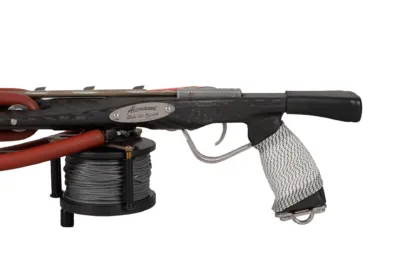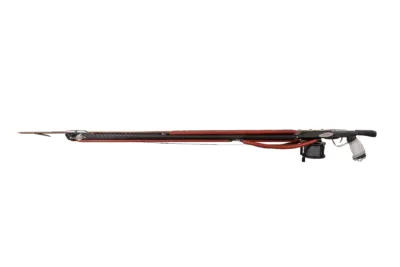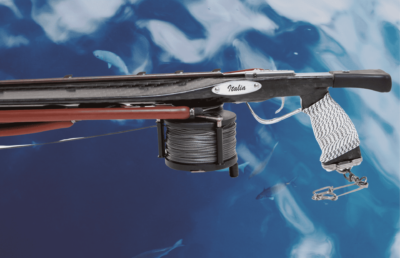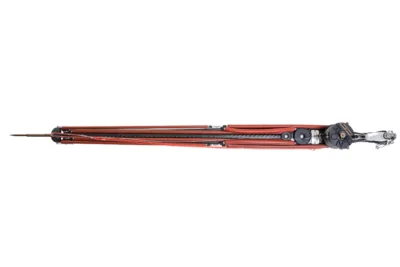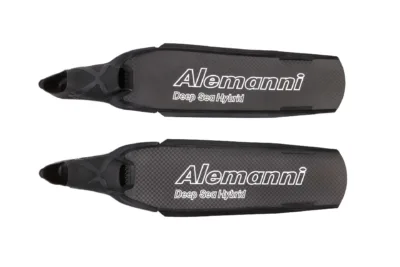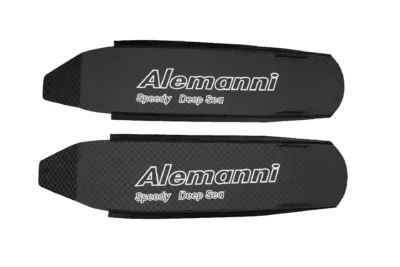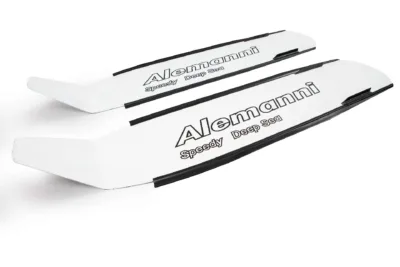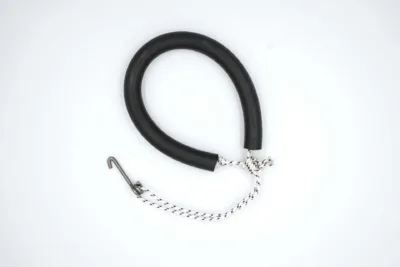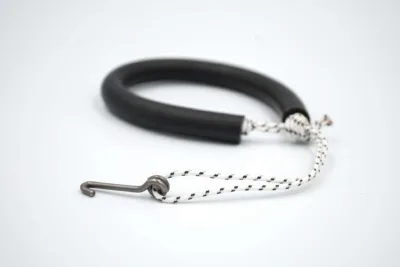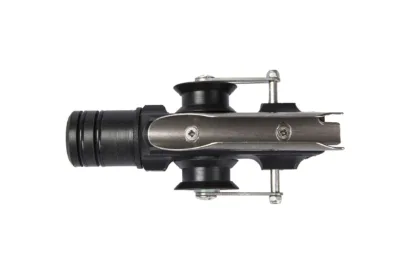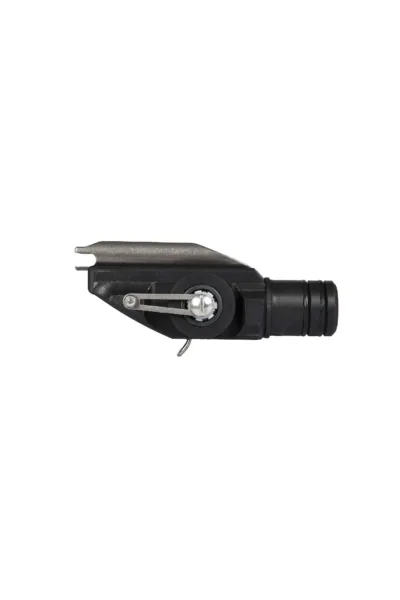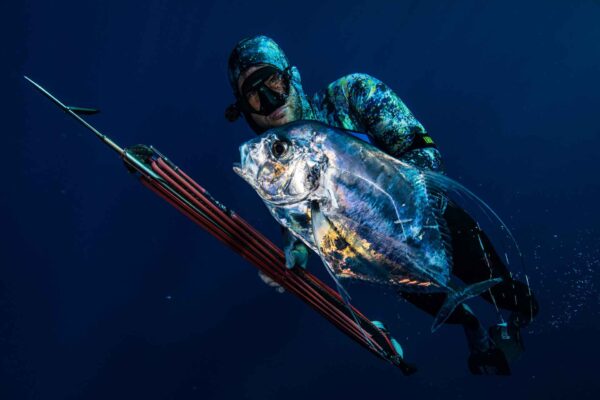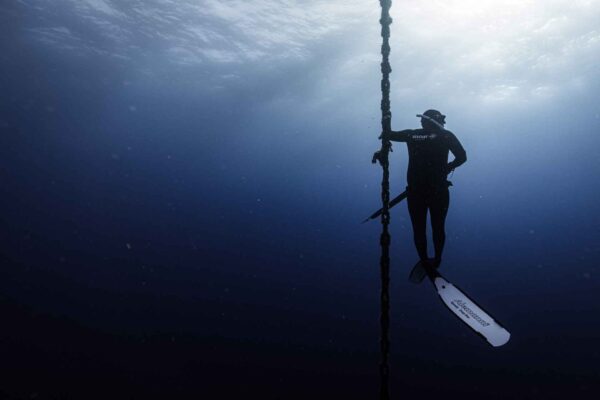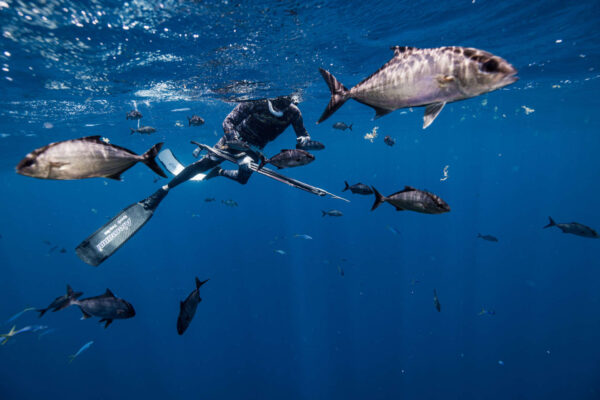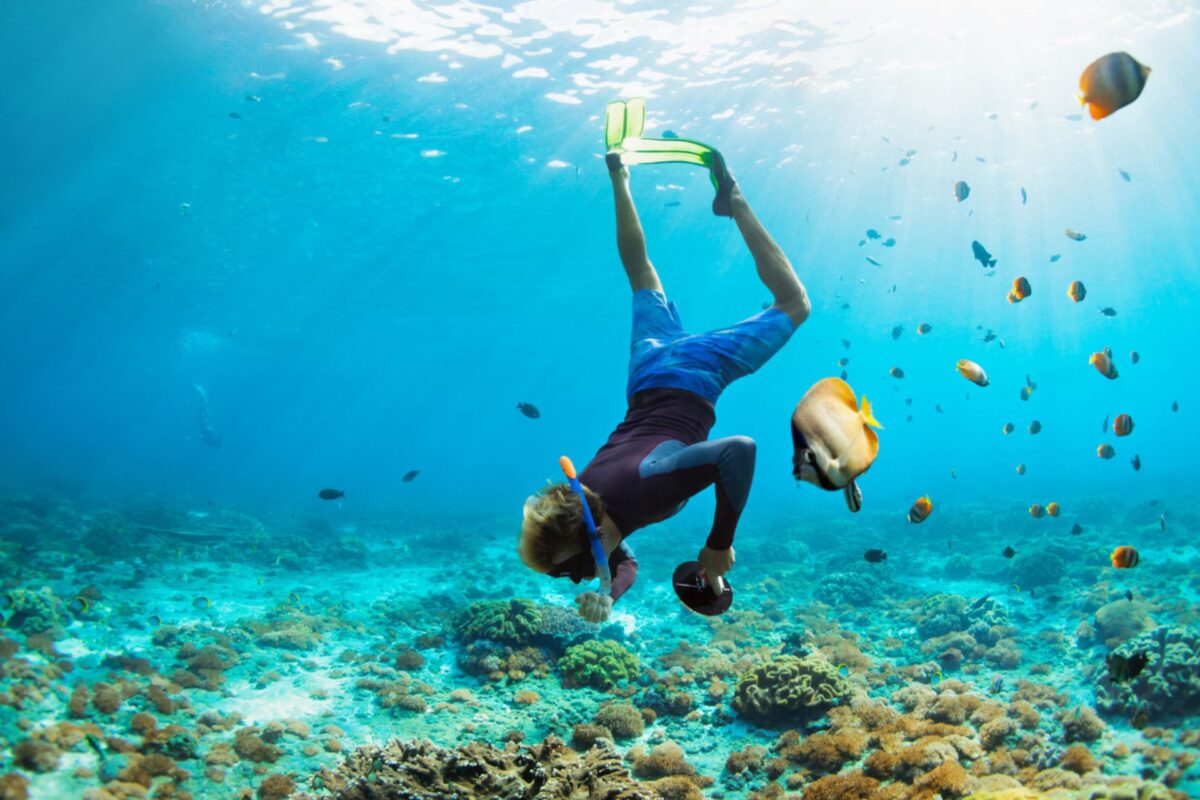Spearfishing and Tourism
Proximity underwater tourism: where to start?
Proximity underwater tourism: where to start?
Mexico, Thailand, Hawaii, the Red Sea and the Caribbean. These are some of the most renowned destinations when it comes to diving tourism. But they are not the only ones. Italy also has a lot to offer to all those who love diving and snorkelling. The proximity underwater tourism in fact, it takes advantage of the beauty of the seas and the seabed of the Peninsula to offer you experiences that have very little to envy to those of decidedly more exotic (and expensive) destinations.
A trend, that of proximity underwater tourism, which has had a peak of notoriety during the first summer post-lock down, when the pandemic crisis was not yet over and it was quite complex to travel outside national borders. An interest that has not, however, diminished with the return to "normality".
Proximity diving tourism in fact boasts a very large number of enthusiasts, who prefer to opt for one of the many Italian coastal resorts rather than being attracted by more exotic sirens. It remains to understand what this type of diving tourism is, what are the places where to do it and what equipment is needed.
What is meant by proximity underwater tourism
Proximity underwater tourism represents the new frontier of Diving, snorkelling and Spearfishing. Instead of juggling between flights, luggage and equipment to be embarked or shipped (or rented on site) and endless journeys, proximity tourism prefers destinations a few kilometers away from where you are, easily reachable by car or train, or even in bikes.
One "slow travel” in marinara sauce, thanks to which you can rediscover the many beauties of our country, both below and above the surface of the water. A more sustainable and responsible way of traveling, which allows you to combine your passion for underwater fishing with care and respect for the environment and the places you are exploring.
Where to do proximity underwater tourism
With its 8.300 kilometers of coastline, Italy offers countless opportunities. In particular, the list of Special Protected Areas of Mediterranean Importance (ASPIM) of our country includes 32 sites and 10 marine protected areas scattered throughout the boot. In short, whether you are in Northern Italy or Southern Italy, whether you are on the Tyrrhenian side o Adriatic it makes little difference: finding a place to dive is simpler than you might imagine.
Any examples? The whole area of theTuscan archipelago it is dotted with areas where you can go diving and underwater fishing, without going too deep. In fact, the shallow waters allow you to explore large areas without being forced to wear a wetsuit, snorkel and tanks. A little further north, the Portofino area is ideal for those who love to explore the depths of the sea in the company of dozens and dozens of species of colorful fish and corals.
On the Adriatic coast, however, it is impossible not to mention the Tremiti Islands, where crystal clear waters frame a backdrop full of surprises to discover. Lipari (and the Aeolian archipelago in general) and the island of Asinara are instead unmissable destinations for diving and underwater fishing enthusiasts in Sicily and Sardinia.
What is needed for proximity underwater tourism
Proximity underwater tourism does not require any particular or different equipment compared to that used in other types of diving. If you already have everything you need to dive or snorkel, you don't have to buy anything.
If, on the other hand, you are approaching this discipline, it is advisable to contact industry professionals and experts, who will be able to advise you on the best equipment for spearfishing, diving and snorkeling (or the one that best suits your needs and your abilities at the moment).
Because nearby underwater tourism is convenient
There are countless reasons for preferring local underwater tourism. As we have already mentioned, this is a more travel mode responsible and environmentally conscious: being able to travel by car or train instead of by plane drastically cuts the amount of CO2 emitted into the atmosphere for one's travels.
Proximity underwater tourism, then, is decidedly less expensive. By choosing destinations that are at most a few hundred kilometers away – and reachable by means that are cheaper and more ecological than by plane – you will be able optimize your budget for the holidays, perhaps being able to choose to extend the stay by a few days for the same cost.
Finally, another advantage to consider is the possibility of being able to use the own equipment, without having to rent it on site. A factor that cannot be underestimated: by wearing your own mask and wetsuit, or using your own fins and spear you will be able to have greater confidence, tackling the dives with greater peace of mind and safety


